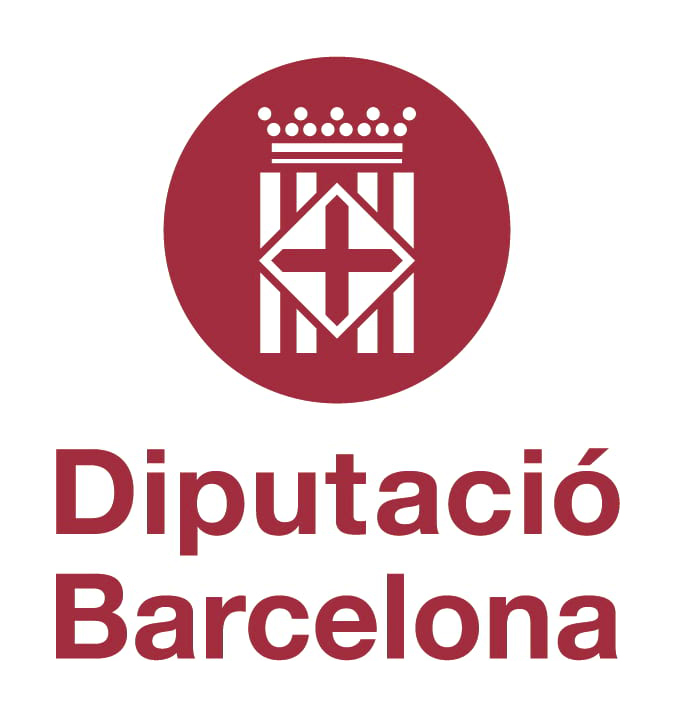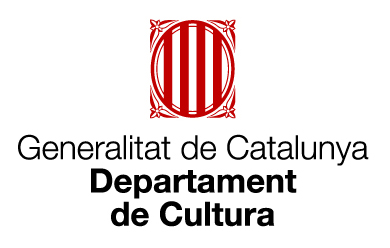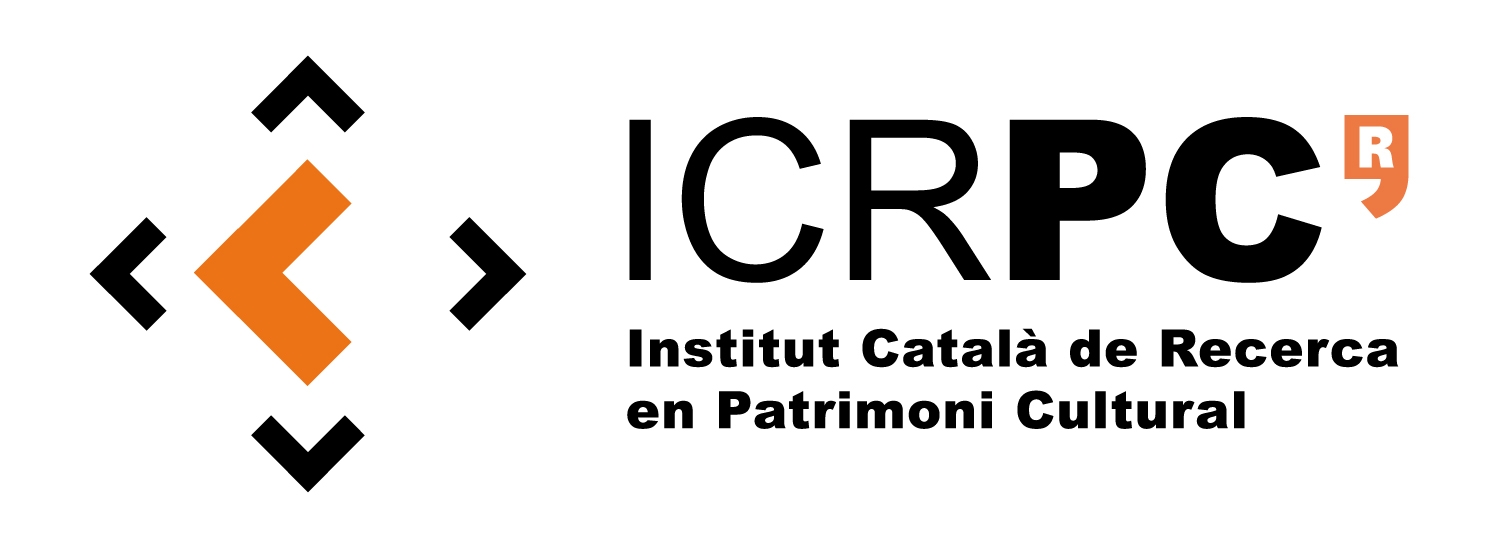PROJECT DESCRIPTION
A challenge for the knowledge of Noucentisme
The idea of representing on a Map the architectural and landscape elements that integrate Noucentisme heritage of Catalonia arose from the fact to note that despite the large production that had been generated during the first three decades of the twentieth century, there wasn’t a systematic catalog, similar to those that exist of the Romanesque, Gothic and Modernist works, which pick as fully as possible those elements. However, those architecture and town planning creations from the Noucentista period form characteristic features of the built landscape of many towns and cities in Catalonia, so that hardly can not be found with some of the different stylistic or functional manifestations that developed during the Noucentisme.
This was the era of building large facilities everywhere, as town halls, slaughterhouses, markets, libraries, schools, medical centers, museums, post, telegraph and telephone exchanges, public fountains … and also the era of cooperative wineries, of social and recreational centers, summer residential areas and working class cheap houses, urbanization of streets, squares, parks and promenades, and garden cities projects … Almost all the Catalan architects graduated in the late nineteenth century and during the first twenty years of the twentieth century took part in this constructive momentum and contributed with very diverse projects, either through the program and aesthetics guided by the Mancomunitat de Catalunya -that the case of public buildings-, or through the impulse of associations such as Societat Cívica Ciutat Jardí, that through Cebrià de Montoliu introduced and defined in Catalonia the proposed new bourgeois and workers neighbourhoods who had been implemented in England and Germany; or from the free exercise of the profession and, therefore, from their creativity. Those architects were, in most cases, fully involved in the Noucentista project, not just with an architectural and town planning production but also with valuable theoretical contributions and historical, artistic and constructive researches, that filled the cultural vacuum in the country. The informative and educational dimension was on the basis of their commitment to the society at the time, and it is for these reasons that the preparation of the Map was needed as a testimony of their contributions.
While there is a lot of literature on the Noucentisme1, treated from different points philosophical, literary, educational, artistic vision, and also on its architectural and town planning works-, as well as monographs of characters that gave it content and form, the Map serves to abridging the large number of Noucentisme elements built into a single document. They have been obviated, however, the elements of French influence monumental architecture, although there is a small representation in certain cities, like Barcelona, with some of the contributions in the Via Laietana. The reason was not to interfere with the theme of the architecture and urban planning that meets the most genuine and primary approaches the noucentista ideology.
Project description
The Noucentisme Architecture & Urban Landscap Map aims to watch what and how came to be done in Catalonia during the Noucentista period; in that Catalonia-city that was planned and settled with civic spirit. It is true that the tools to know and make known those embodiments require heritage inventories and catalogs often overlooked or under appreciated ahead of rising guides, itineraries and publications dedicated to Modernism. As historians, we call attention to this Noucentista heritage, that is not confined to the simple building, but includes a much wider field of urban landscape planning: fountains, monuments, squares, promenades, parks, gardens … and we do it through a medium more attuned to the visual culture today, a web where to locate items so far analyzed on the current map of Catalonia, to have a new perception of the territory in which they acted.
In this regard, we have established a chronological framework that begins approximately to 1912-1913 and extending to a few years after the Civil War, as certain formal survivals are given. We are aware that marking the beginning of Noucentista architecture and urbanism in 1912 may conflict with universally accepted chronologies of Modernism, but circumstances exist in which the barrier -at least the stylistic one- is very subtle, since some architects of the time made productions in both styles, especially throughout the 1910s and the beginning of 1920. Hence appear on the Map some elements involved in eclecticism between the two styles and the budgets the Noucentista cultural movement.
In relation to the typological groups, the variety found in the repertoire of the Noucentista architecture responds to two factors: on the one hand, there are those buildings and traditional urban elements defined by its own function, and on the other, there are new types as a result of technological advances or the implementation of new educational, cultural, social or hygienists measures or new, such as postal buildings or school groups or slaughterhouses. The same can be said of the appearance of garden cities or urban groups of cheap houses.
On the Map these types are shown into five main groups, with each including various subtypes:
- Residential architecture
- One-Family Housing
- Multifamily Housing
- Summer Housing
- Workers Neighbourhood
- Workers Cheap Housing
- Rural Architecture
- Urbanism and Public Spaces
- Public Space
- Public Garden
- Private garden
- Urban Furniture
- Public Park
- Private Park
- Summer Residential Area
- Garden City
- Productive Architecture
- Rural Architecture
- Industrial Architecture
- Trade and Services
- Facilities
- Public Architecture
- School
- Health Facility
- Cultural and/or Recreational Center
- Engineering Work
- Religious Architecture
A selection has been made of buildings and/or urban elements in relation to Noucentista landscape, and a file of each selected item has been made, with twelve fields including identification data, a brief description, the basic literature and link to Street View, which allows to visit the site element with panoramic street level. The items are also illustrated with photographs, taken by the authors of the website or from the literature. While this is an informative project, with non-commercial purposes, it is cited in all cases the source of the images, to respect copyright. In any case, for any modification or complaint, please contact with those responsible for maintaining the web: (mapaarquitecturanoucentisme@gmail.com).
Given the opportunity to the user to discover and deepen their knowledge, we believe the Noucentisme Architecture & Urban Landscap Map can be a first order informative tool to disseminate and value the Noucentista heritage. Moreover, through an updated bibliography, a suggestive range for future studies opens. At the same time, it will be possible to complete or start heritage catalogs; promote conservation and restoration, and, the main thing, act on the protection of this heritage, although in some cases it has been distorted with disrespectful rehabilitation interventions or even it has simply disappeared. With regard to the latter, the levels of protection that the elements currently possess have been incorporated in the Map, to verify the existing general assessment for that heritage and draw attention to the shortcomings observed.
Site content
The website offers the possibility to consult the map elements in five different views:
- General
- Authors
- Dates
- Types
- Counties
Thanks to the icon  , each of these five views can be seen with a map or satellite background. In addition, by opening the legend
, each of these five views can be seen with a map or satellite background. In addition, by opening the legend  , is possible to turn on and off the layers in which the map is organized, so to see different selections of the elements. It is also possible to find items using the text search engine
, is possible to turn on and off the layers in which the map is organized, so to see different selections of the elements. It is also possible to find items using the text search engine  that appears when expanding the map to full screen
that appears when expanding the map to full screen  . The Map can be printed, as well as shared in social networks.
. The Map can be printed, as well as shared in social networks.
Finally, it should be noted that this Noucentisme Architecture & Urban Landscap Map is a dynamic tool, constantly in upgrade process. At the time of its launch, coinciding with the First International Symposium on Noucentisme 2014, held in Barcelona and Sitges in late November 2014, it started with almost 388 items and 689 photographs, with works of 93 authors, of 22 different types, spread over 101 municipalities and 34 counties. In the current review (March 2016), new entries have been added, up to 585 items and 1,514 photographs, with works of 24 different types, distributed in 123 municipalities in 35 counties. The number of authors whose work is represented has increased to 139, plus 94 works of unknown authorship. The authors with more works represented are Rafael Masó i Valentí (64), Ramon Puig i Gairalt (34), Josep Danés i Torras (20), Manuel Joaquim Raspall i Mayol (18), Jeroni Martorell i Terrats (17), Cèsar Martinell i Brunet (16), Nicolau Maria Rubió i Tudurí (14), Josep Maria Pericas i Morros (12), Josep Goday i Casals (11), Eduard Maria Balcells i Buïgas (8), Adolf Florensa i Ferrer (8), Joan Baptista Serra Martínez (7), Ricard Giralt i Casadesús (7) i Gabriel Borrell i Cardona (7).
The intention of the editorial team is to expand the map content regularly, to obtain the most comprehensive picture possible of Noucentisme architecture and urbanism. Moreover, it is proceeding to develop a printed book with a selection of the most significant records of the map.
The map editor team is composed by Raquel Lacuesta, Vinyet Panyella, Joaquim M. Puigvert and Mercè Vidal. The development has been in charge of Xavier González Toran, who has generated the map, and Gabriela Urizar Olate, who has designed and programmed the web.
Barcelona, November 29, 2014 (revised and expanded March 2016).
Addenda:
The last stage of the preparation of the Noucentisme Architecture & Urban Landscap Map was carried out between 2017 and 2020. Currently, the Map contains 1,028 illustrated files, with a total of 2,606 images, and its documented with a total of 617 bibliographic references. Of the total of Noucentista elements represented, 507 of them have protection: 15 BCIN, 412 BCIL, 80 BPU. This thousand files are distributed throughout the Principado de Catalunya, with elements in the 42 counties of the country and in 236 of the 947 Catalan municipalities, including all the county capitals. All the typological and subtypological types envisaged are represented, and in terms of authorship, there have been identified 214 different authors, among architects, master builders, engineers, builders, sculptors, painters, artists in general, sgraffito artists, decorators and parks and gardens designers. On this website, there are also some complementary documents of Conclusions and a Comparative Table of the Noucentista elements identified in the Inventory of the Catalan Architectural Heritage of the Generalitat de Catalunya, and not developed in differentiated files.
Barcelona, June 2020
1 We must quote here the first Catalan writers of Noucentist art, architecture and urban landscape, as J. F. RÀFOLS (1920, mayo): «Envers una depuració de l’Arquitectura Catalana». Vell i Nou, núm. II; y (1960): «Despliegue brunelleschiano en el novecentismo catalán». Cuadernos de Arquitectura, núm. 40; C. MARTINELL (1933, mayo): «Veinticinco años de arquitectura barcelonesa, 1903-1933». Barcelona Atracción, núm. 263; A. CIRICI (1955): L’arquitectura catalana. Ciudad de Mallorca: Editorial Moll; y (1964, agosto) «La plàstica noucentista». Serra d’Or, núm. 8; O. BOHIGAS (1964, agosto): «L’arquitectura. Noucentisme i ‘novecento’». Serra d’Or, núm. 8; y (1972): «L’arquitectura a Catalunya (1911-1939)». A. E. JARDÍ, ed., L’art català contemporani. Barcelona: Edicions Proa; J. M. SOSTRES (1964, agosto): «El contorn noucentista en l’obra de Rafael Masó». Serra d’Or, núm. 8; N. M. RUBIÓ I TUDURÍ (1966): «El arquitecto Duran Reynals, artista clásico». Cuadernos de Arquitectura, núm. 65; Ignasi SOLÀ-MORALES (1976, marzo): «Sobre Noucentisme y Arquitectura. Notas para una historia de la arquitectura moderna en Cataluña (1909-1917)». Noucentisme: La Arquitectura y la Ciudad. Cuadernos de Arquitectura y Urbanismo, 113. Barcelona: Colegio Oficial de Arquitectos de Cataluña y Baleares.

 , each of these five views can be seen with a map or satellite background. In addition, by opening the legend
, each of these five views can be seen with a map or satellite background. In addition, by opening the legend  , is possible to turn on and off the layers in which the map is organized, so to see different selections of the elements. It is also possible to find items using the text search engine
, is possible to turn on and off the layers in which the map is organized, so to see different selections of the elements. It is also possible to find items using the text search engine  that appears when expanding the map to full screen
that appears when expanding the map to full screen  . The Map can be printed, as well as shared in social networks.
. The Map can be printed, as well as shared in social networks.

